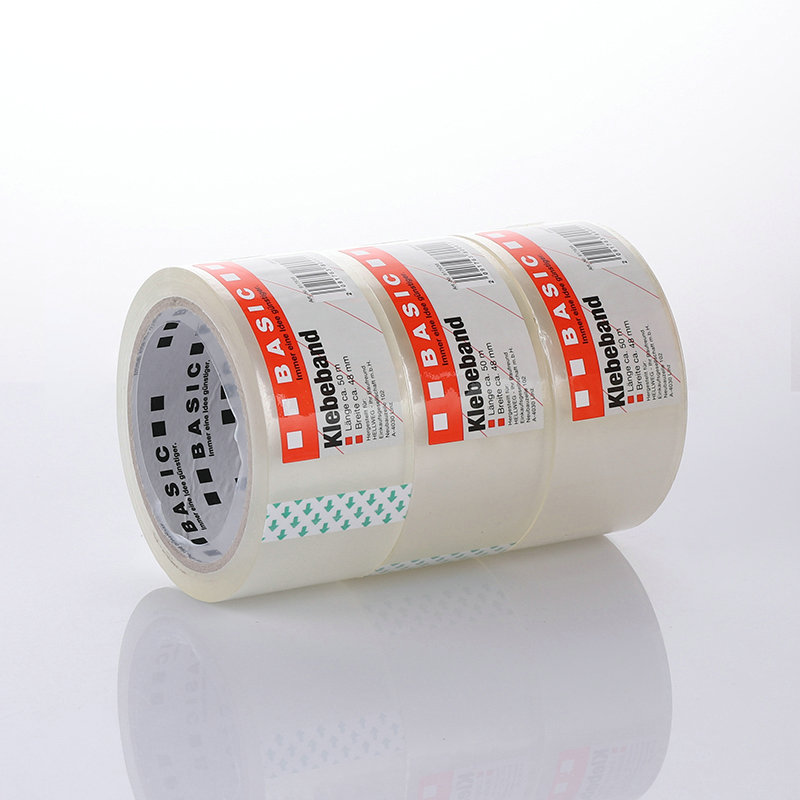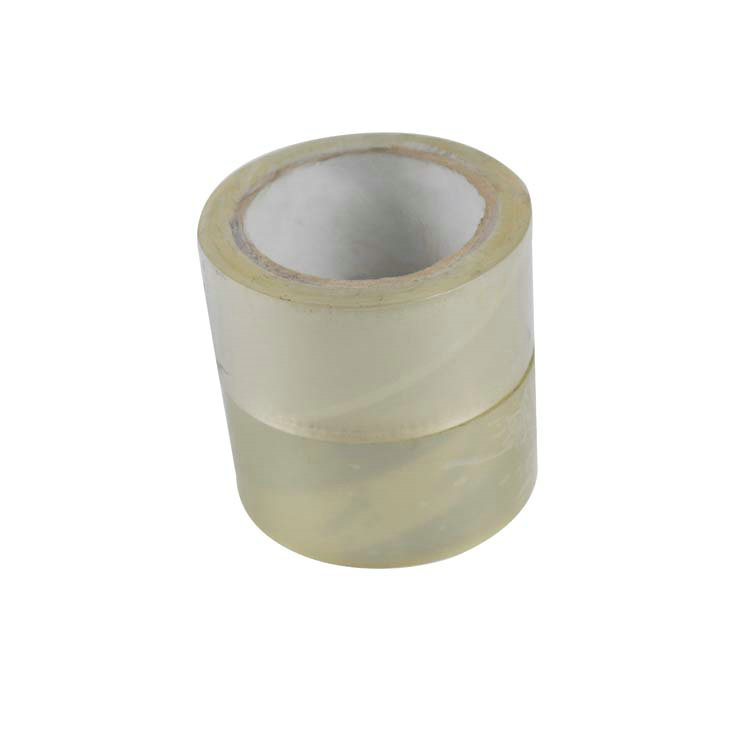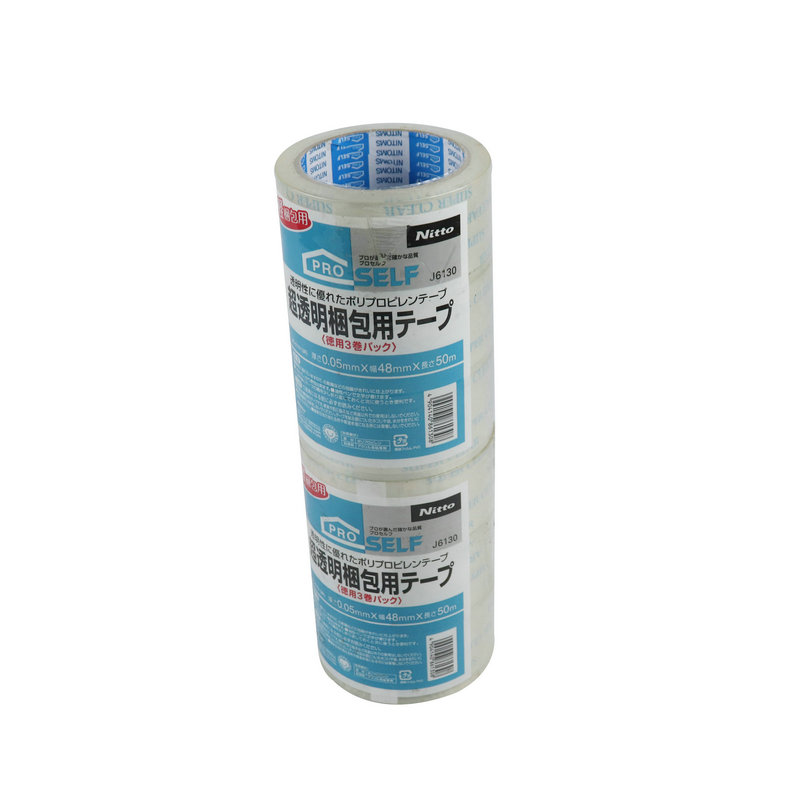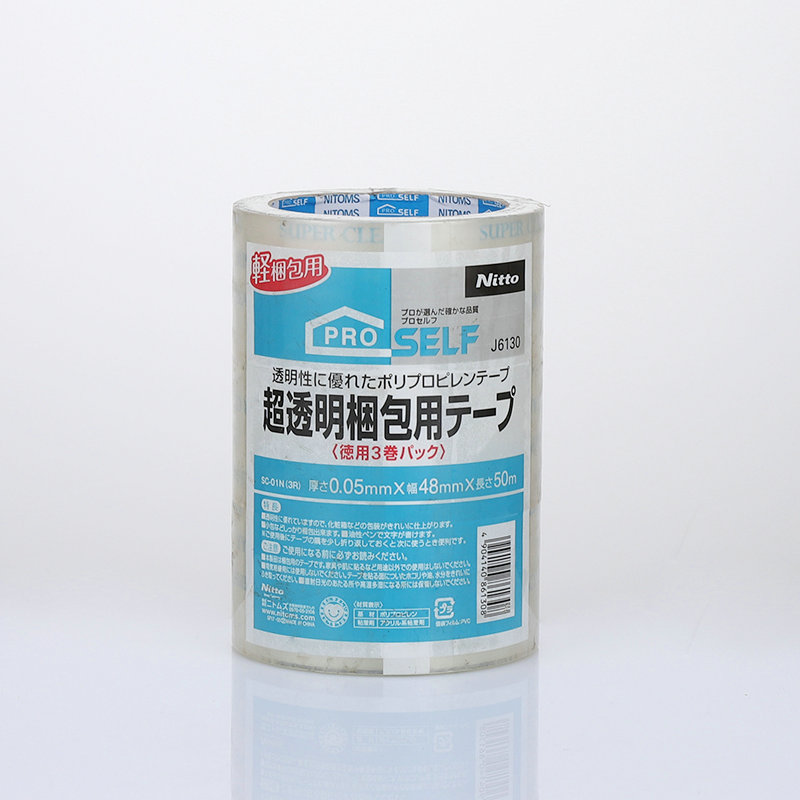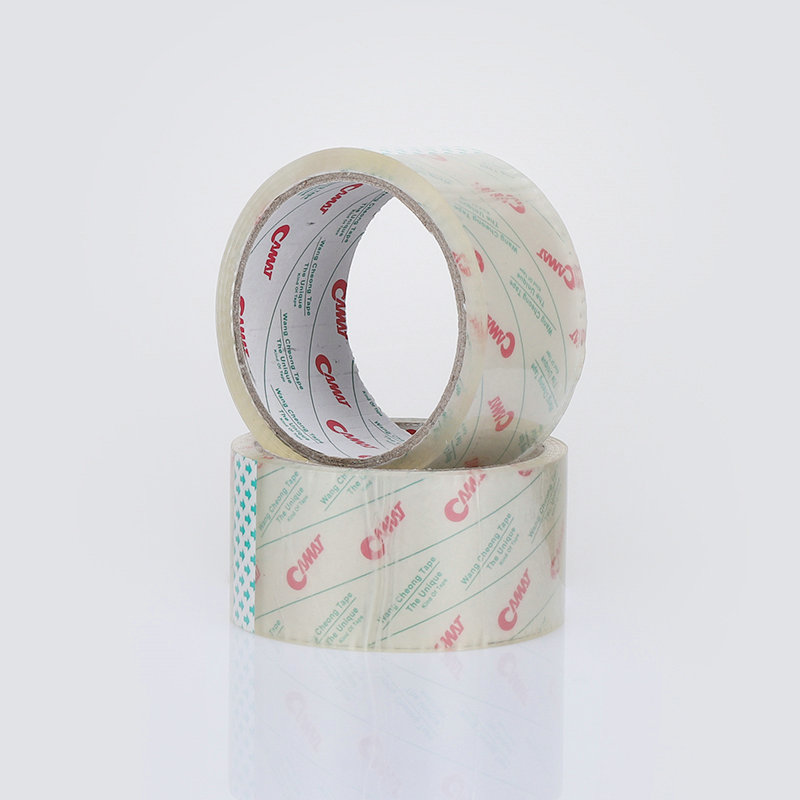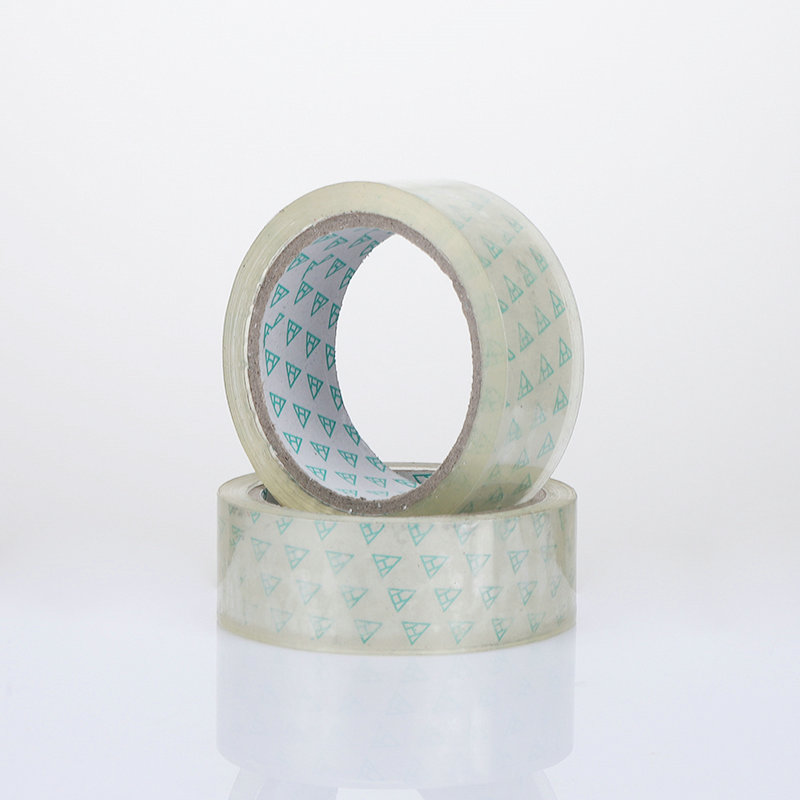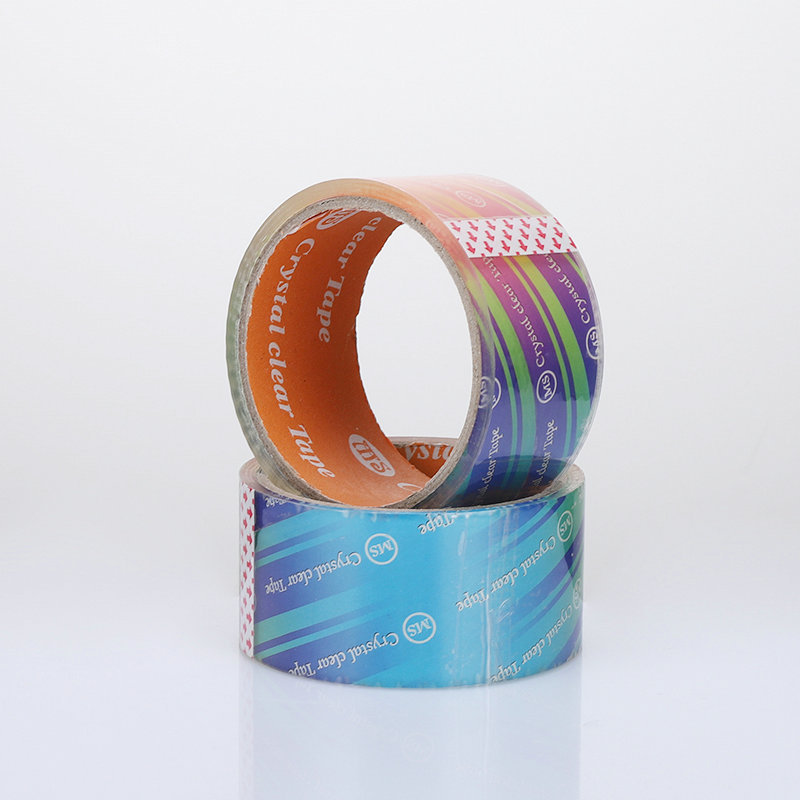specializing in the production of stretch film, adhesive tape, packing tape, etc
Choosing wrap tape based on environmental conditions is crucial to ensure its performance and longevity in various situations. Here's how you can select the right wrap tape considering different environmental factors:
1.Temperature Range:
Cold Environments: For cold or freezing conditions, choose wrap tapes that are designed to remain flexible and adhesive at low temperatures. Look for tapes with a low-temperature rating.
Hot Environments: In high-temperature environments, select tapes that can withstand heat without melting or losing their adhesive properties. Heat-resistant tapes or those with high-temperature ratings are suitable.
2.Moisture and Water Exposure:
Wet Environments: If the tape will be exposed to water or moisture, opt for waterproof or water-resistant tapes. Tapes designed for marine or outdoor applications are often suitable for such conditions.
Humid Environments: In humid climates, consider tapes that are resistant to humidity and won't lose their adhesion or deteriorate when exposed to moisture in the air.
3.UV Exposure:
Outdoor Use: When using wrap tape outdoors, especially in sunny areas, choose tapes with UV-resistant properties. These tapes are less likely to degrade or lose their color due to exposure to ultraviolet radiation from the sun.
4.Chemical Exposure:
Chemical Resistance: If the tape will come into contact with chemicals or corrosive substances, select tapes that are chemically resistant. Check the manufacturer's specifications for information on chemical compatibility.
5.Abrasion and Wear:
High-Wear Areas: In areas with a high risk of abrasion or wear, such as industrial settings, choose tapes that are durable and have good resistance to physical damage. Abrasion-resistant tapes can withstand friction and rubbing.
6.Outdoor vs. Indoor:
Outdoor Tapes: Outdoor wrap tapes are designed to withstand a variety of environmental conditions and are often UV-resistant, waterproof, and durable.
Indoor Tapes: For indoor use in controlled environments, you may have more flexibility in your tape selection. Consider the specific needs of your application.
7.Altitude:
High-Altitude: At high altitudes, air pressure and temperatures can vary significantly. Choose tapes that can perform well under these conditions, especially if they need to maintain a seal or insulation.
8.Corrosive Environments:
Saltwater or Coastal Areas: In coastal or saltwater environments, select tapes that are resistant to corrosion from saltwater or salt air. These environments can be particularly harsh on materials.
9.Manufacturer Guidelines:
Always consult the manufacturer's specifications and guidelines for the tape you are considering. They should provide information on the tape's environmental resistance and suitability for specific conditions.
10.Quality and Durability:
Invest in high-quality wrap tapes from reputable manufacturers. Cheaper tapes may not perform well in challenging environmental conditions.
Remember that no single tape may excel in all environmental conditions. It's essential to prioritize the specific environmental factors that are most relevant to your application and choose a tape that meets those requirements. Conducting tests or seeking recommendations from manufacturers can also help ensure you make the right choice for your specific needs.

 英语
英语 日语
日语 西班牙语
西班牙语 阿拉伯语
阿拉伯语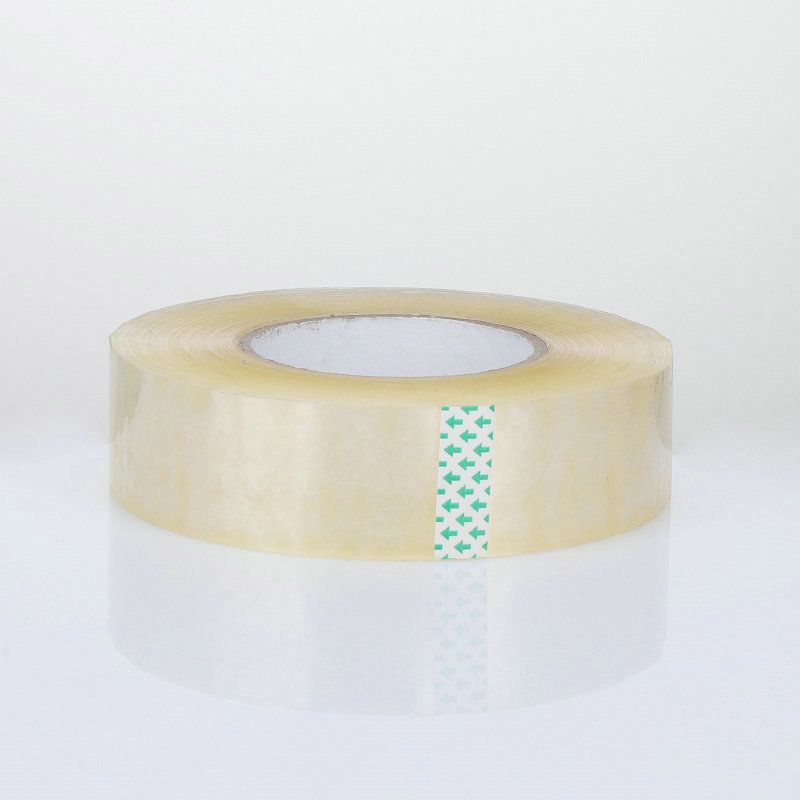
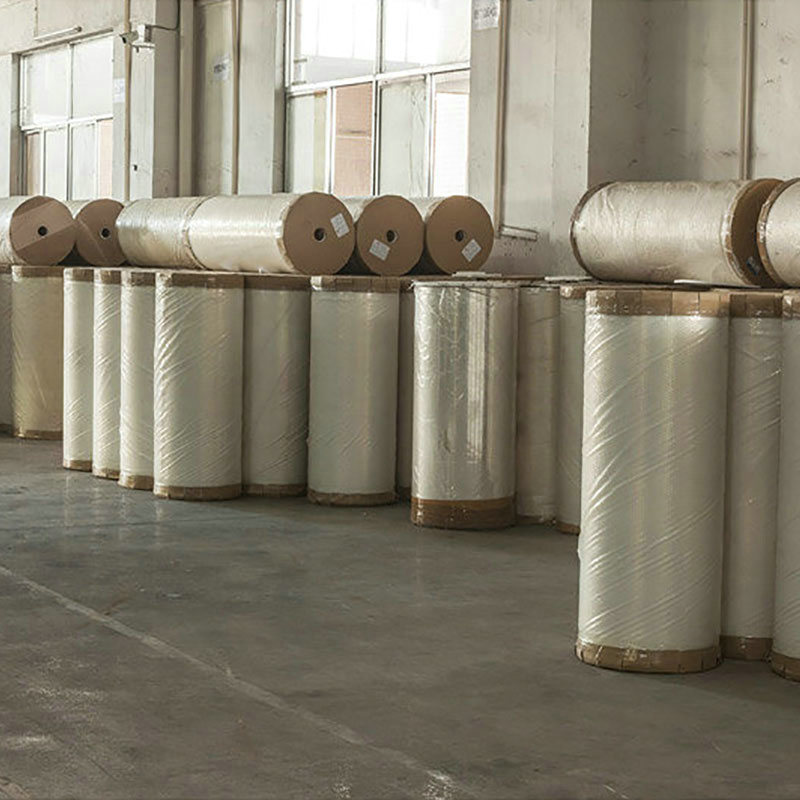
.jpg)
